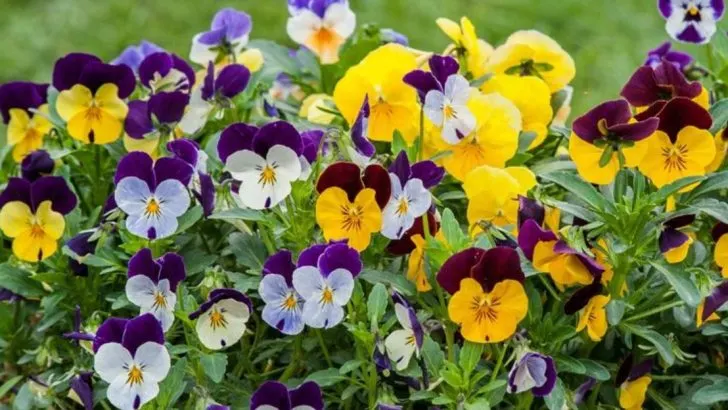Growing edible flowers alongside herbs isn’t just beautiful—it can transform the flavors in your kitchen garden. Certain combinations enhance each other’s taste, making your culinary creations more vibrant and exciting.
These 12 edible flowers and 5 herbs thrive when planted together, benefiting from shared nutrients and natural pest protection. Plus, their complementary flavors add unique twists to salads, teas, and dishes.
In this article, explore how growing these edible flowers and herbs side by side can boost taste and garden health—turning your garden into a delicious, colorful haven.
Nasturtiums
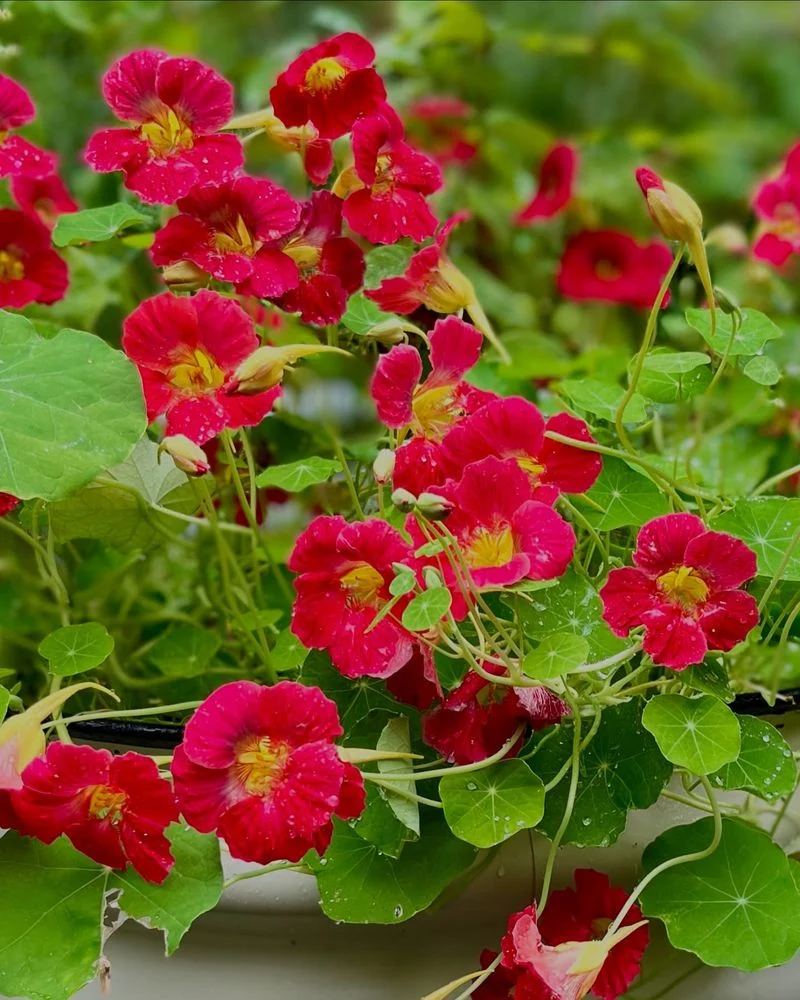
Nasturtiums bring a peppery zest to salads and dishes. Their bright, cheerful blooms catch the eye, making them a garden favorite. Besides their bold flavor, these flowers are easy to grow and thrive alongside basil, which complements their taste. Try adding both to a pesto recipe for a fresh twist. Did you know? Nasturtiums were once used as a substitute for capers. Their versatility and beauty make them an essential addition to any edible garden. Pair them with rosemary for a delightful sensory experience.
Borage

Borage is known for its striking blue flowers and cucumber-like taste. These star-shaped blooms are not only visually appealing but also attract beneficial pollinators. When grown with mint, they create a refreshing duo that’s perfect for summer beverages. Borage has a rich history, once believed to bring courage to warriors. This hardy plant thrives in a sunny spot and offers continuous blooms throughout the season. Its companionship with mint enhances the flavors of both plants, making them a must-grow pair.
Violas
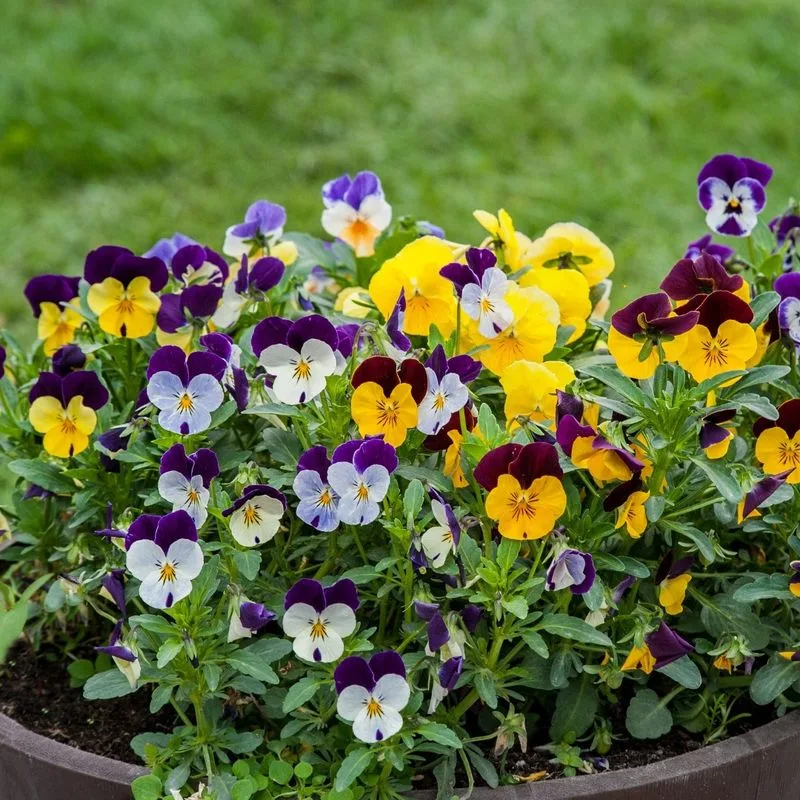
Violas add a subtle sweetness to dishes, and their vibrant colors brighten up any plate. These delicate flowers grow well with chives, which provide a mild onion flavor. Together, they offer a delightful contrast in taste and appearance. Historically, violas have been used in folk medicine for their soothing properties. Plant them in partial shade to enjoy their blooms throughout the spring and early summer. Combining violas with chives in a salad adds both visual appeal and a balanced flavor profile.
Calendula

Calendula, also known as pot marigold, offers a slightly tangy flavor that enhances soups and stews. Its bright petals can be used as a saffron substitute. When grown with parsley, calendula benefits from the herb’s vibrant green foliage, creating a lush garden look. The ancient Romans prized calendula for its healing properties. A sunny garden spot and regular watering ensure it flourishes. Enjoy this classic flower paired with parsley for both culinary and visual delight.
Daylilies
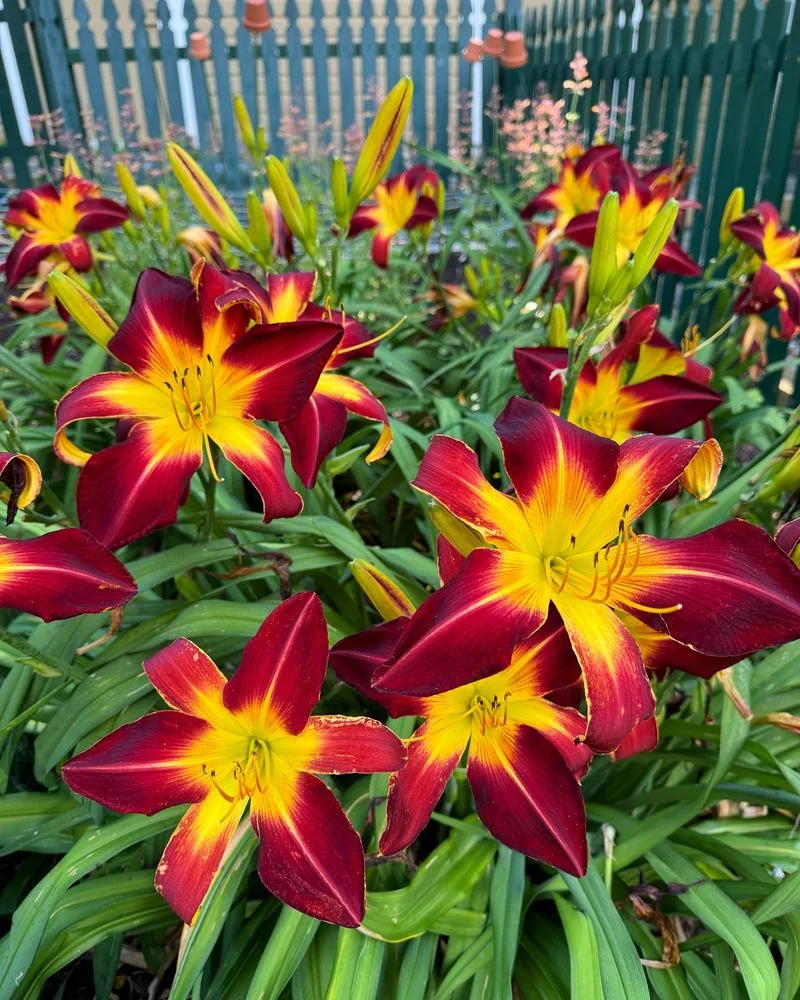
Daylilies are more than just a pretty face; their buds and petals are edible and add a sweet, floral note to dishes. Team them with dill for a unique combination that highlights both flavors. Did you know that daylilies are a traditional ingredient in Chinese cuisine? These resilient plants are surprisingly easy to care for, preferring well-drained soil. The pairing with dill brings an unexpected twist to culinary creations, making them a gardener’s delight.
Honeysuckle
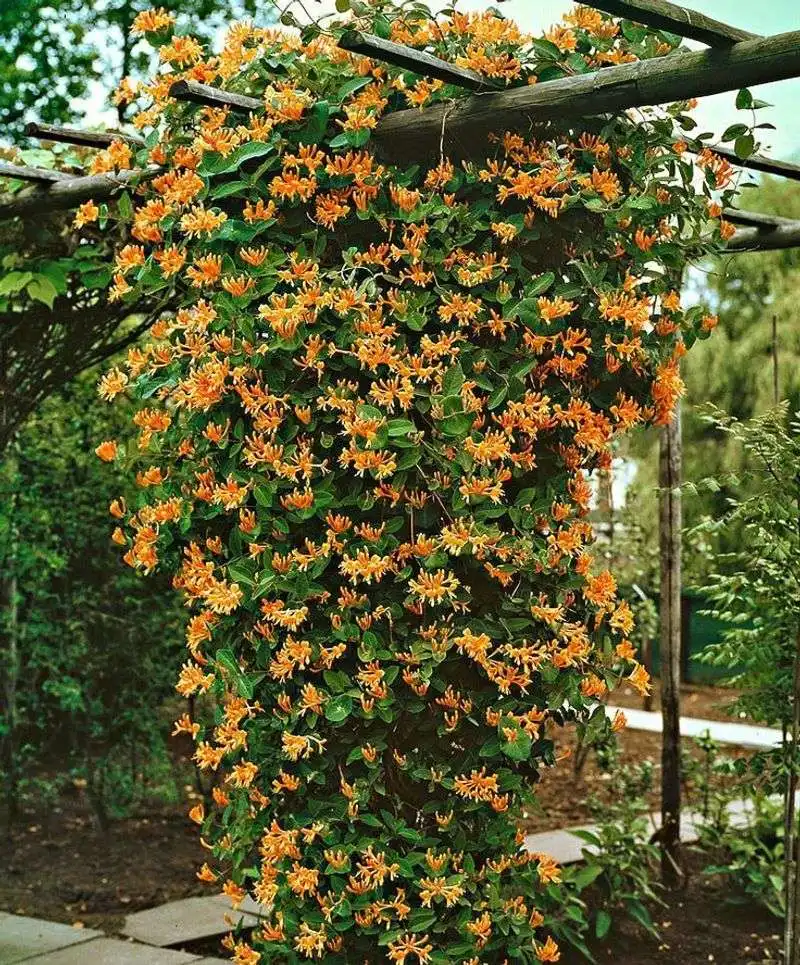
Honeysuckle flowers are famed for their sweet nectar, often enjoyed by children. These fragrant blooms pair beautifully with thyme, offering an aromatic combination perfect for infusions and desserts. Honeysuckle has a storied past in traditional medicine and folklore. It thrives on a trellis, basking in the sun. The partnership with thyme enhances its culinary uses, adding depth to flavors. Incorporate this duo in a garden to enjoy both scent and taste.
Lavender
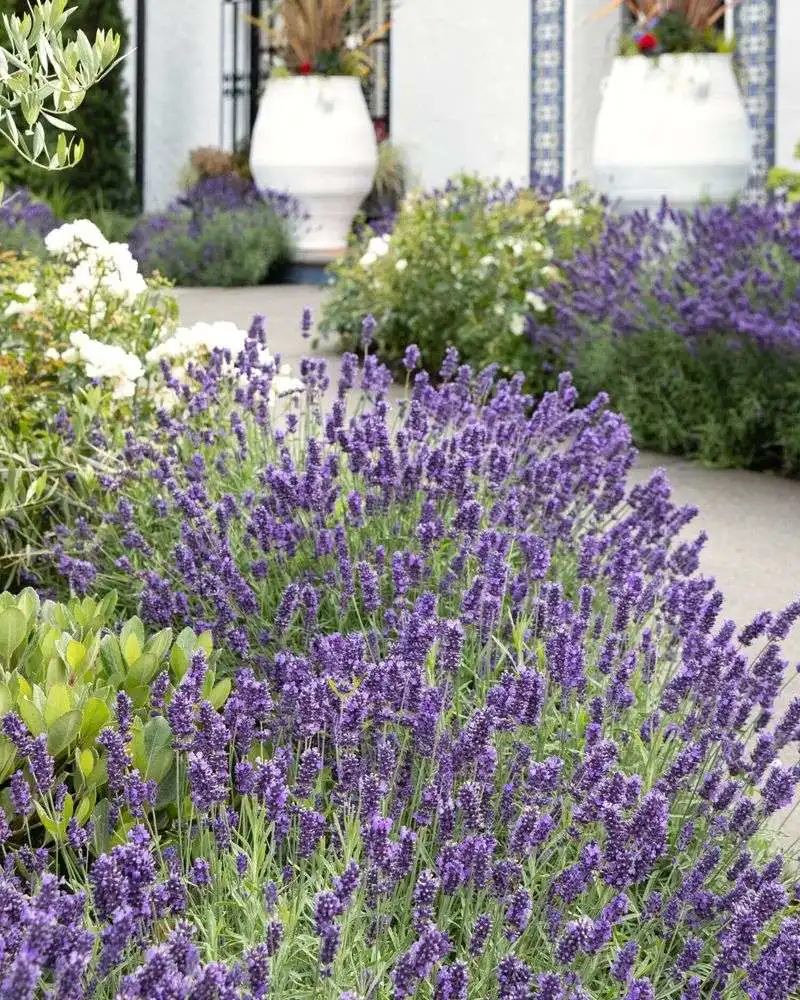
Lavender’s floral aroma and sweet, slightly citrusy taste make it a favorite in baking and teas. It grows exceptionally well with rosemary, both thriving in similar conditions. Lavender’s calming scent has made it a staple in aromatherapy. Plant these two together for an aromatic garden that delights the senses. The combination offers not only culinary benefits but also visual harmony, as their complementary colors create a striking display.
Chive Blossoms
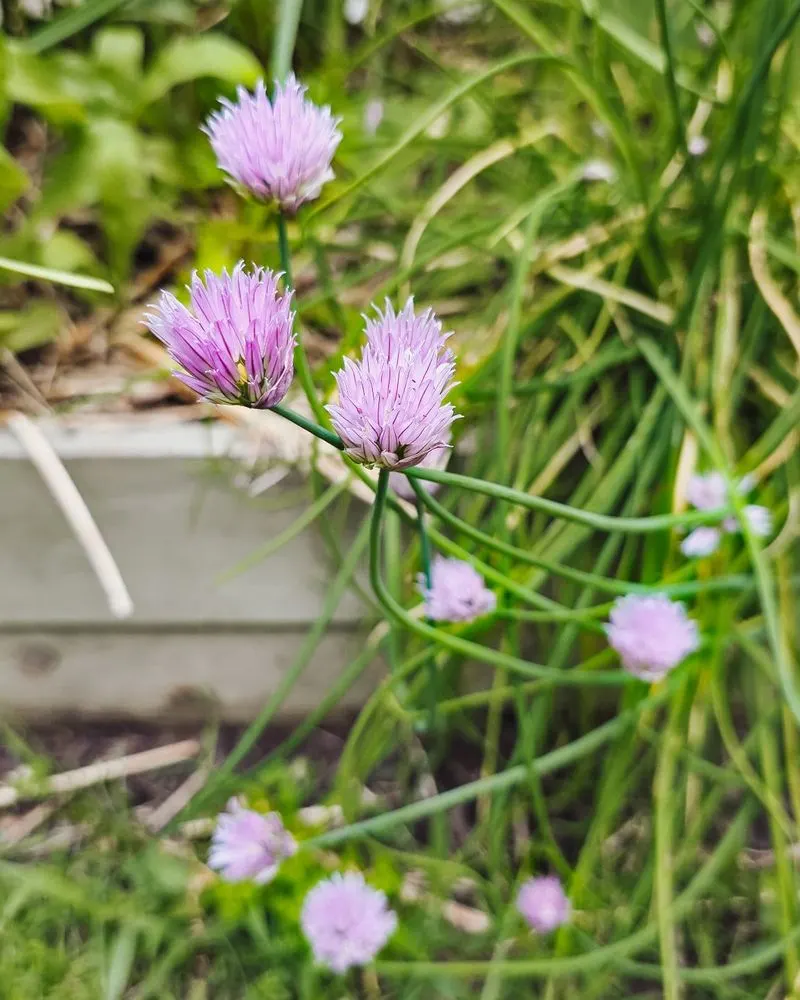
Chive blossoms bring a mild onion flavor to dishes and are a charming addition to any salad. These edible flowers pair well with tarragon, enhancing their subtle taste. Historically, chives are one of the oldest herbs cultivated by humans. They are easy to grow, preferring sunlight and well-drained soil. The blossoms add a pop of color and a delicate flavor, making them an appealing garden choice. Together, chive blossoms and tarragon lift culinary creations to new heights.
Chamomile

Chamomile is renowned for its soothing properties and apple-like fragrance. These dainty flowers pair wonderfully with sage, creating a calming garden corner. Chamomile has a rich history in herbal medicine, often used for relaxation. Planting chamomile alongside sage benefits both plants, as they deter pests and encourage growth. This partnership not only enriches the garden ecosystem but also enhances the flavors when used in teas and culinary dishes.
Marigold
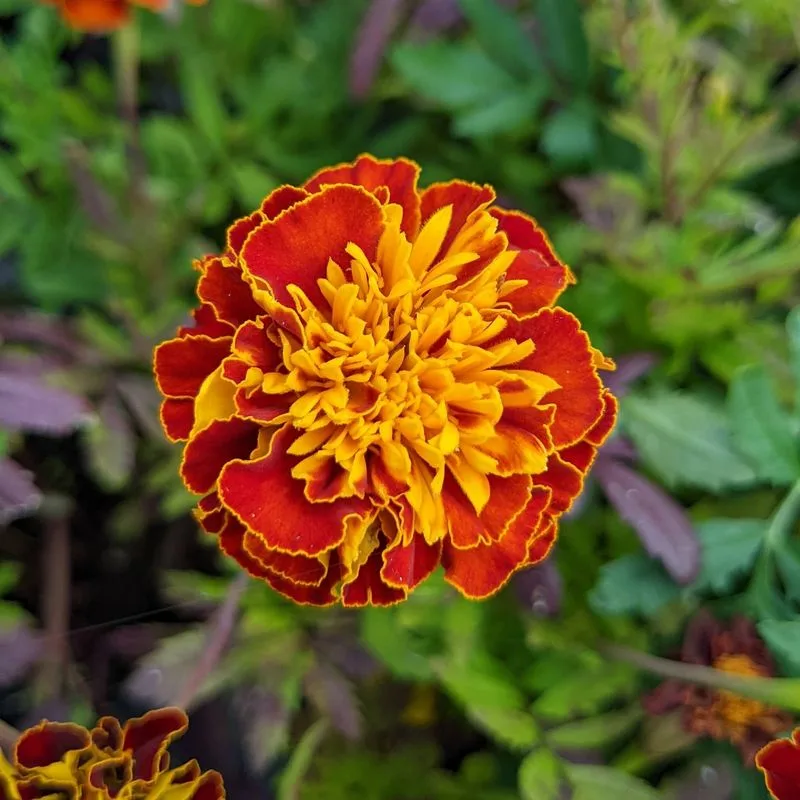
Marigolds are known for their vibrant colors and slightly spicy taste that complements many savory dishes. These flowers grow harmoniously with basil, enhancing both plant’s flavors. Marigolds have been used for centuries in traditional medicine. They thrive in sunny areas and are easy to care for. This perfect garden duo not only adds color but also enriches the taste of your culinary creations. Enjoy the beauty and flavor of marigolds paired with basil.
Bee Balm
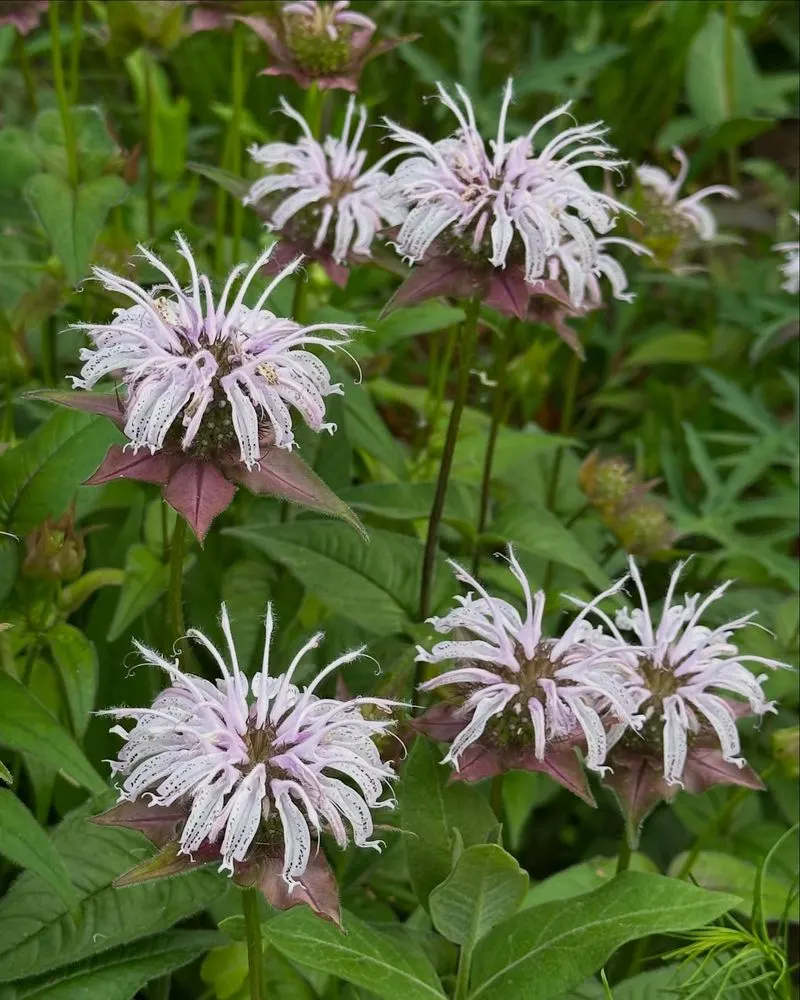
Bee balm is a magnet for pollinators, and its vibrant blooms are a delight in any garden. The flowers, with their minty, citrus taste, pair well with lemon balm, creating a refreshing flavor combination. Bee balm has been used in herbal remedies for its soothing properties. It thrives in sunlit areas and adds color and vitality to your garden. When combined with lemon balm, it offers a burst of flavor perfect for teas and desserts.
Rose
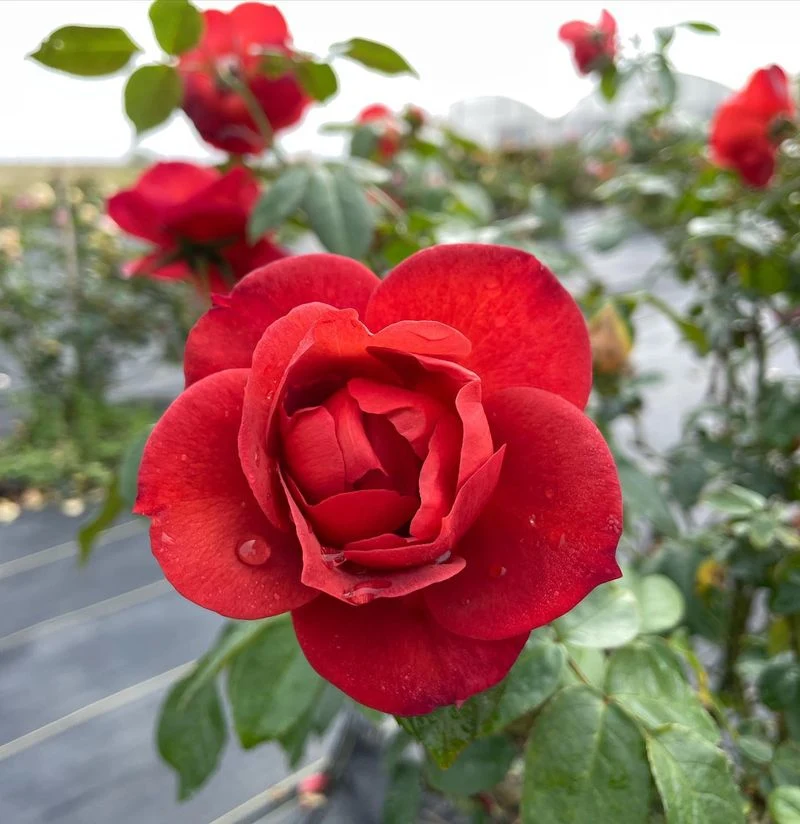
Roses are not only beautiful but also edible, with a sweet and subtle flavor. When paired with basil, the combination is unexpectedly delightful, perfect for innovative desserts or salads. Roses have been a symbol of love and beauty throughout history. They prefer sun and well-drained soil, rewarding gardeners with blooms throughout the season. This pairing creates a sensory delight, both visually and gastronomically, bringing elegance to any dish.
Basil
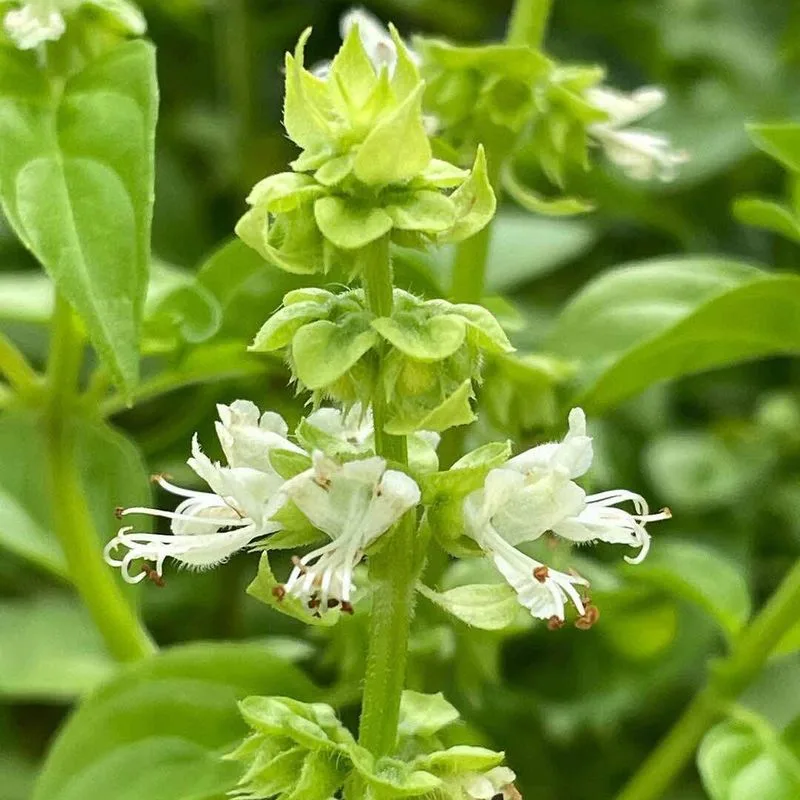
Basil is a beloved herb, known for its aromatic leaves and versatile use in cooking. It pairs exceptionally well with marigolds, providing a dynamic combination for any garden. Basil prefers a sunny spot and regular watering to thrive. This herb not only enhances the flavors of dishes but also acts as a companion plant, helping deter pests. When combined with marigolds, basil offers both culinary and aesthetic benefits, making it a staple in gardens worldwide.
Mint

Mint’s refreshing taste and aroma make it a popular choice for teas and desserts. It grows well with borage, creating a delightful pairing in the garden. Mint is known for its vigorous growth and ability to spread quickly. Plant it in a container to manage its expansion. This herb not only enhances the flavors of beverages but also complements borage in salads. Together, they bring a cool, refreshing taste to culinary creations.
Thyme
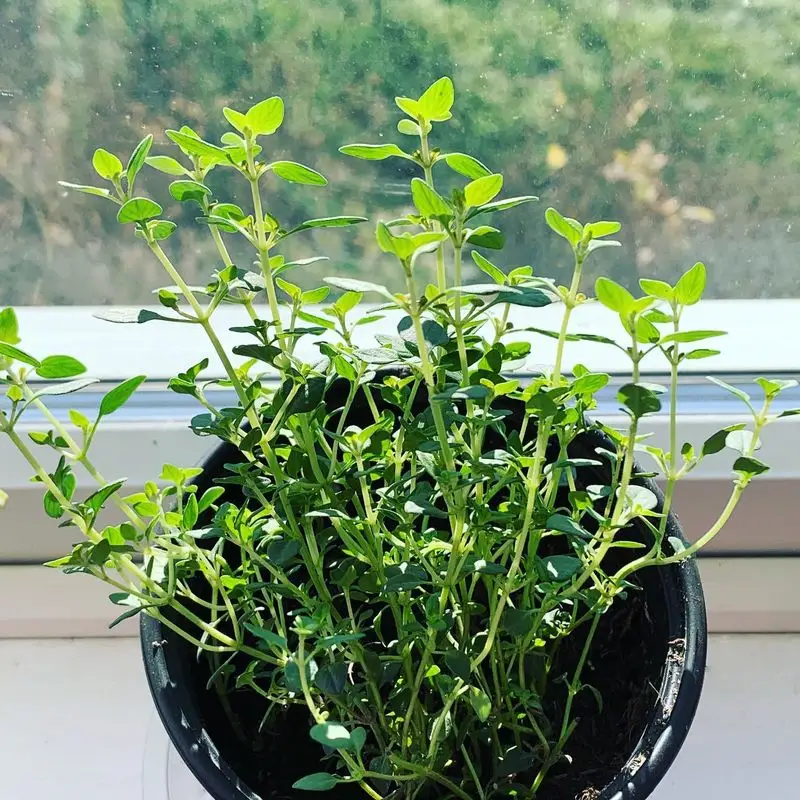
Thyme is a staple herb in many cuisines, known for its earthy, aromatic flavor. It pairs beautifully with honeysuckle, creating a fragrant garden corner. Thyme thrives in dry, sunny conditions, making it easy to care for. This herb not only enhances the flavors of meals but also complements honeysuckle’s sweet aroma. Together, they create a sensory experience that delights both the eyes and the palate.
Sage

Sage offers a distinct, savory flavor that enhances many dishes. It grows well with chamomile, creating a harmonious garden duo. Sage prefers sunny areas and well-drained soil. This herb not only adds depth to culinary creations but also benefits from chamomile’s pest-repelling properties. Together, they create a balanced garden environment, enriching both the soil and the gardener’s palette. Enjoy the mix of flavors and scents from this charming pairing.
Rosemary
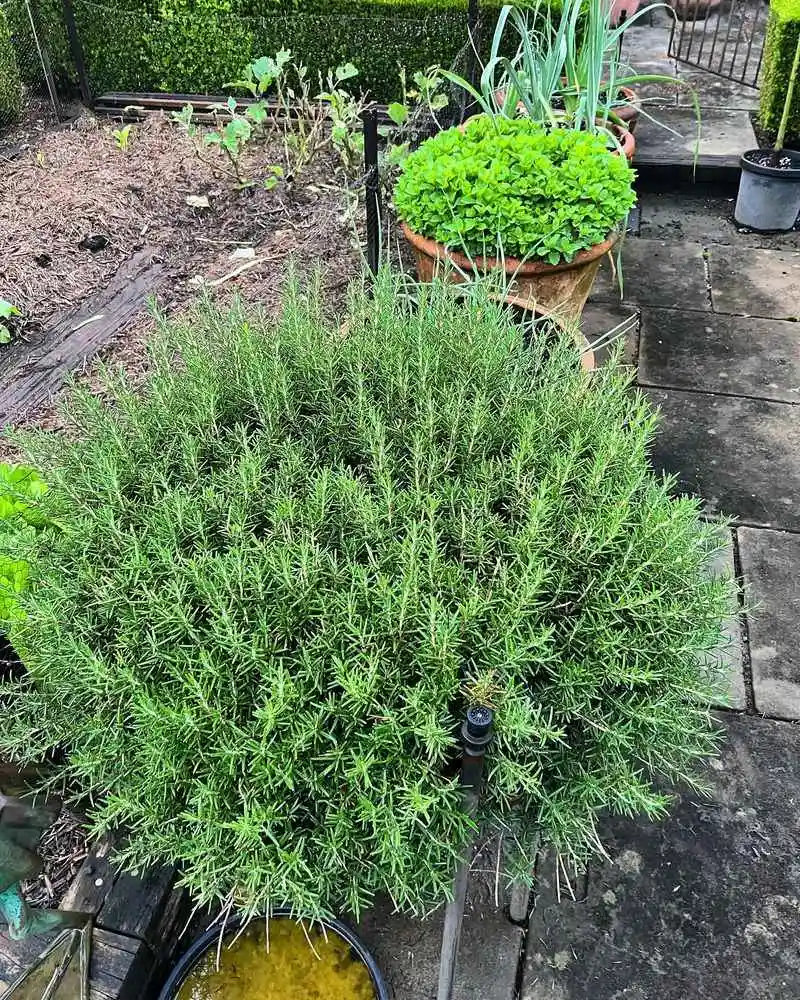
Rosemary is cherished for its robust, pine-like flavor and aromatic leaves. It pairs well with lavender, offering both culinary and visual appeal. Rosemary thrives in sunny, well-drained spots, making it an easy addition to any garden. This herb not only elevates dishes but also creates a fragrant garden atmosphere when paired with lavender. Together, they provide a feast for the senses, with their complementary scents and flavors.

